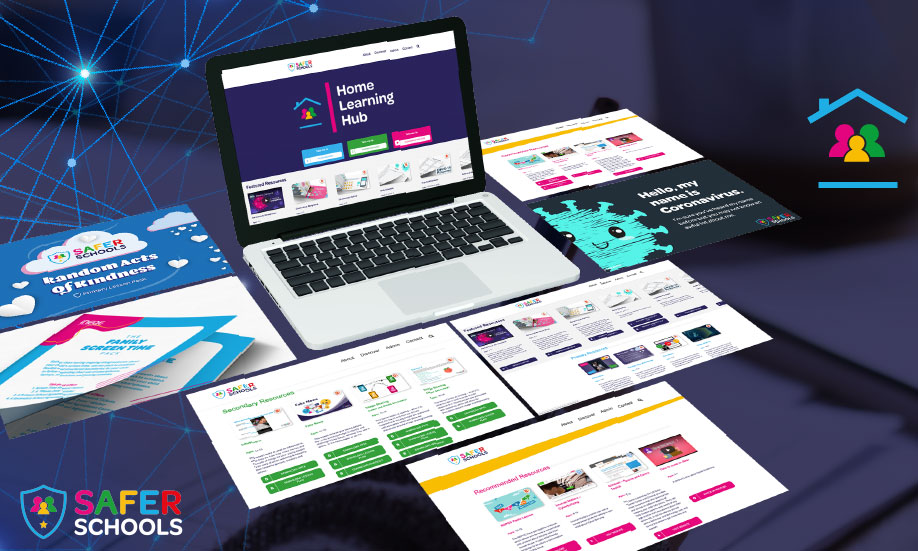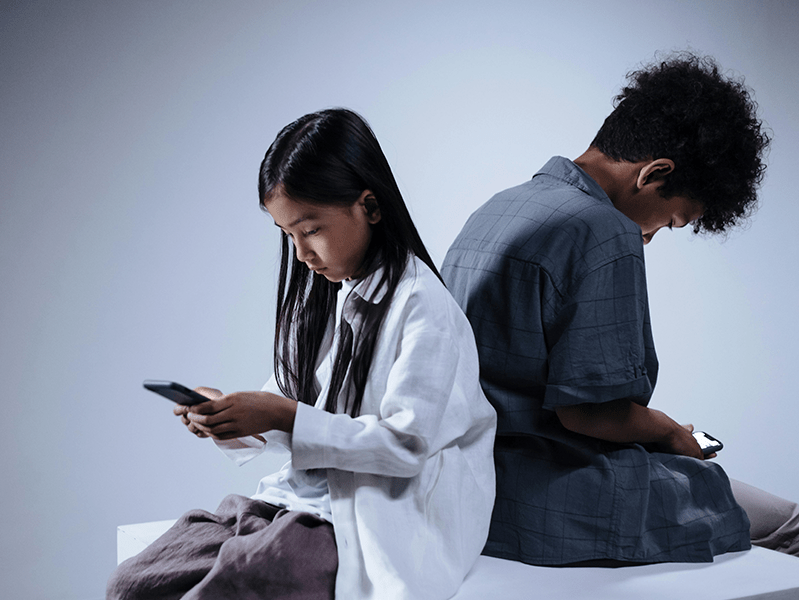Reading Time: 5.4 mins
August 10, 2023
Our online safety experts have received reports from our Safer School partners about an anonymous chat website being used by children and young people. Emerald Chat markets itself as “the new Omegle”, another dangerous platform that encourages users to talk to strangers. After testing, we have found that Emerald Chat is not appropriate for children and young people to use, as it contains harmful and age-inappropriate content, including highly sexual imagery and language.

What is Emerald Chat?

Age Rating
The platform states that all users must be over 18 years old. However, upon testing our online safety experts discovered that the age verification is ineffective, with only a self-declaration statement to confirm that the user is over 18.
What are the key functions?
Omegle vs Emerald Chat
Chat websites are not a new risk for children and young people. Several of these apps have become popular in recent years, such as Omegle and Monkey. The main purpose of these platforms is for users to engage in ‘anonymous’ interactions with strangers.
As Emerald Chat is directly marketing itself as “the new Omegle”, it is worth mentioning that the same risks present themselves in both platforms. However, as Omegle has a downloadable mobile app, it may be more accessible to children and young people, increasing its risk. Find out more about Omegle here.
Our Advice/Top Tips
If you are worried that a child or young person in your care may be using Emerald Chat, Omegle, or a similar chat website/app, don’t panic. Our online safety experts have curated the following advice to help you support those in your care:
If a child or young person in your care has lost control of an image or video:
If your child or young person has been groomed or you have concerns about their immediate safety, contact emergency services on 999 without delay.
Join our Online Safeguarding Hub Newsletter Network
Members of our network receive weekly updates on the trends, risks and threats to children and young people online.







